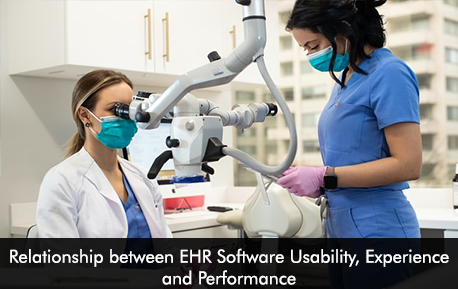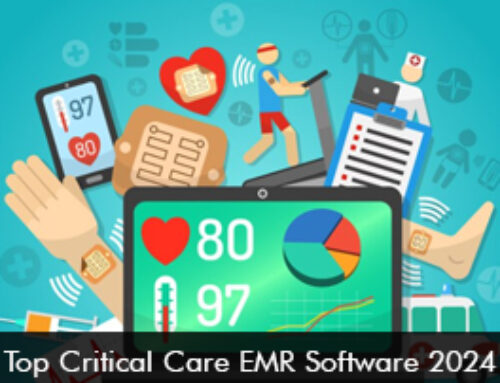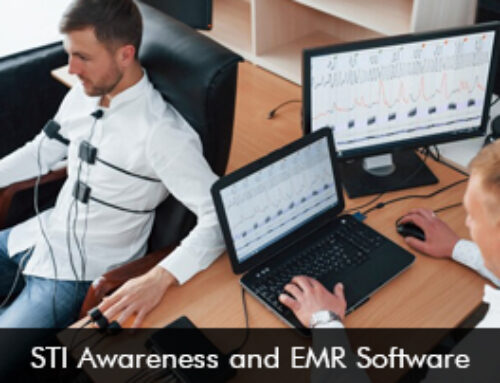Electronic Medical Record (EMR) software systems are essential tools that facilitate hospitals, clinics, and healthcare providers by streamlining daily workflows through a set of robust features and tools. However, their design and interface are not always perfect. EHR software usability is crucial for smooth adoption and satisfaction of the user.
EMR software systems can be made more usable depending on the design of the software product and the provider’s experience in using the system.
EHR software experience reduces usability problems
A new study reveals that the design of the system, development, and implementation of EMR software systems need to be enhanced to make them user-friendly for the clinicians and improving overall patient safety. EHR software usability has a great impact on the healthcare sector as it can help to decrease any chances of clinical errors and reduce costs and enhancing patient safety. If healthcare providers have a better experience with their software system then they are less likely to feel stressed and have burnout which can lead to a decrease in the quality of patient care.
The study conducted looked at the difference in the usage for the first and second years. The researchers gave each group two rounds of tasks to achieve in their EMR software system which was then followed by a System Usability Scale assessment. The most collective user challenges were seen as documentation of new medication allergies, changing medications, and adding them to a favored list. Usability issues decreased in the second round for the experts but the SUS assessment score did not increase. This highlights an important fact that experience with the software system does not reduce usability errors. Since the SUS scores did not escalate, providers become more skillful with experience but didn’t associate proficiency with the software usability. The more the user and the medical staff members use the software system they become better and confident at using it.
The connection between EMR software usability and physician burnout
Since the past few years, many studies have been conducted on EHR software usability, user experience, and performance. A report was published in March 2020 by Mayo Clinic about the correlation between EMR software usability and physician burnout. The concluding remarks of the report was that the healthcare providers gave their existing EMR software systems an F when it came to technology usability. If clinicians are dissatisfied with their software solutions then they are more likely to experience burnout.
Moving ahead
With time EHR software systems have evolved for the better since their inception in the healthcare industry. Vendors and software developers have learned new things about making the platform more usable for its users. Software vendors are now more focused on the user experience to prevent clinician burnout and to increase their satisfaction rates so they spend less time with the software and more time with the patient. More features and tools have been added to these powerful software systems to meet specific practice requirements and make the software systems perform at their best level.







